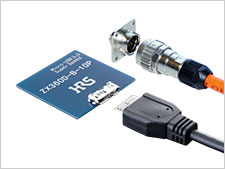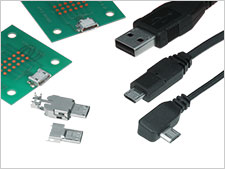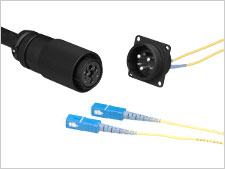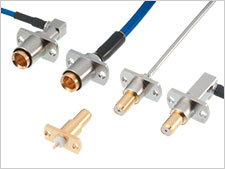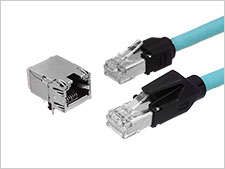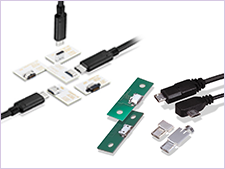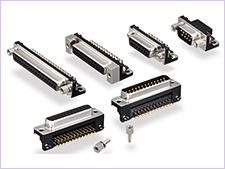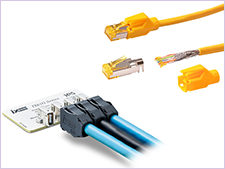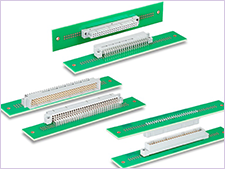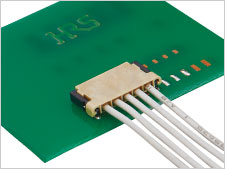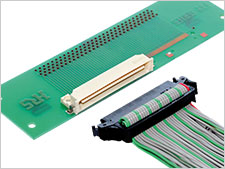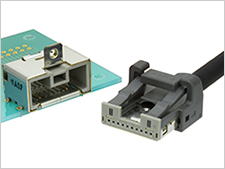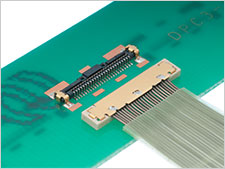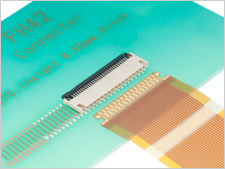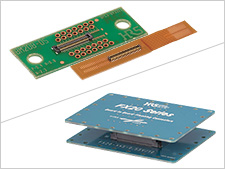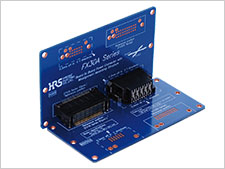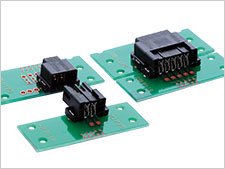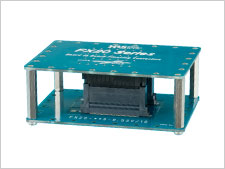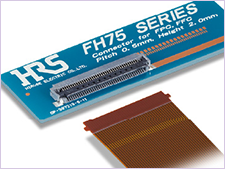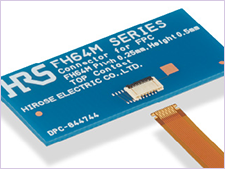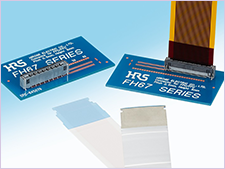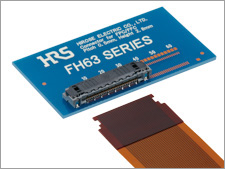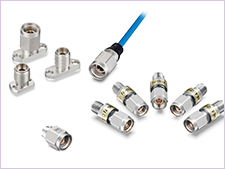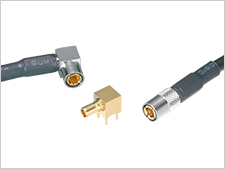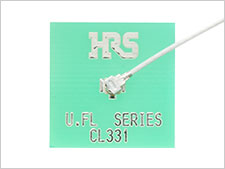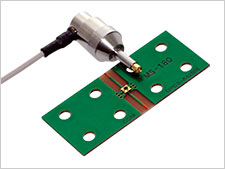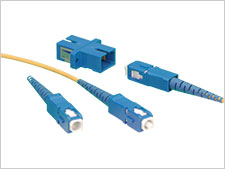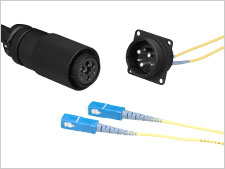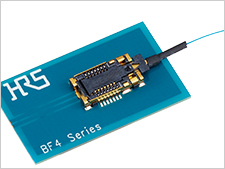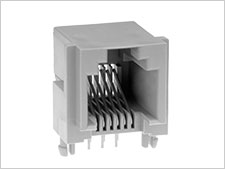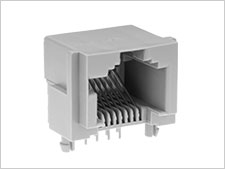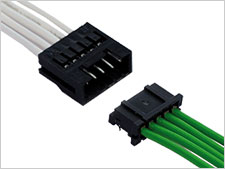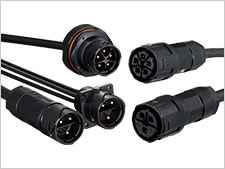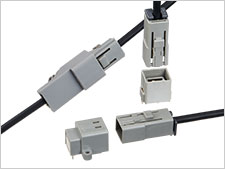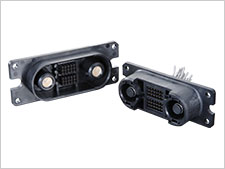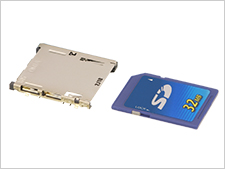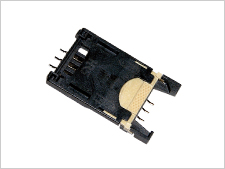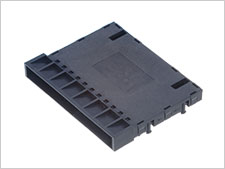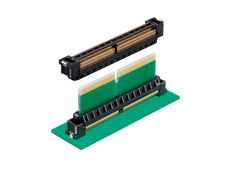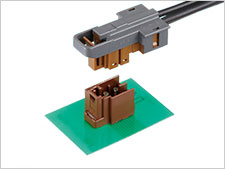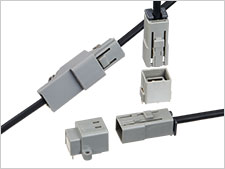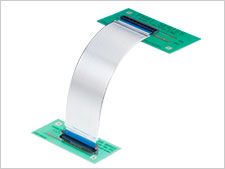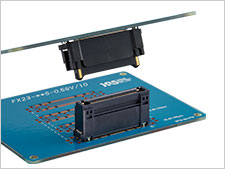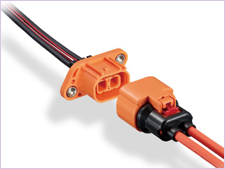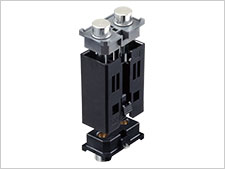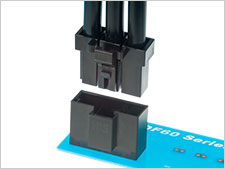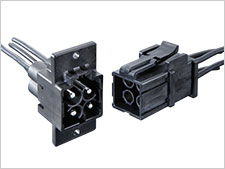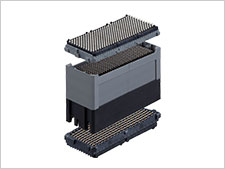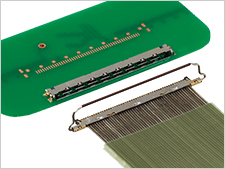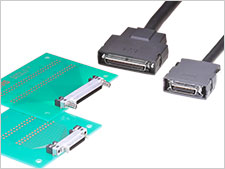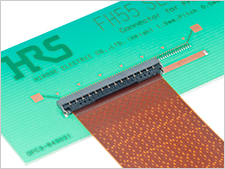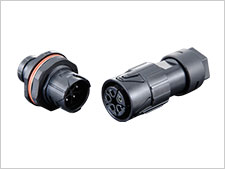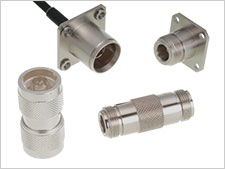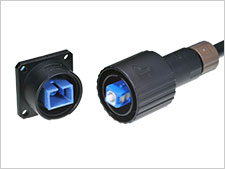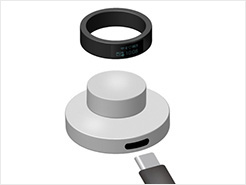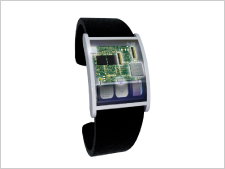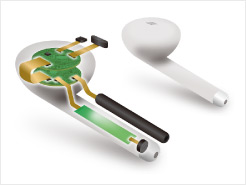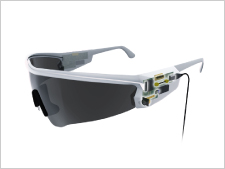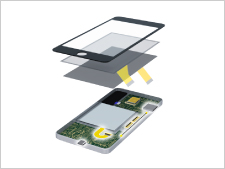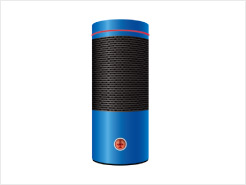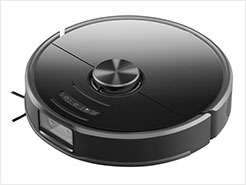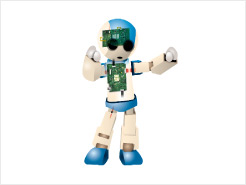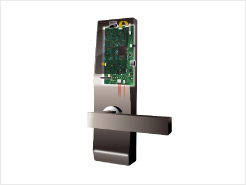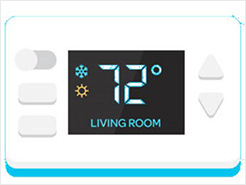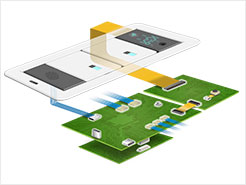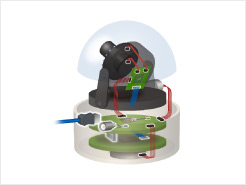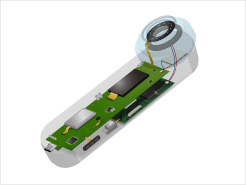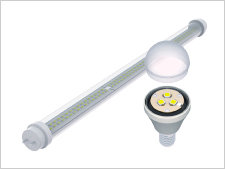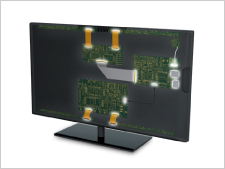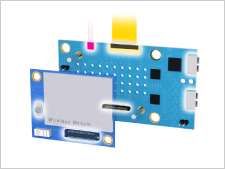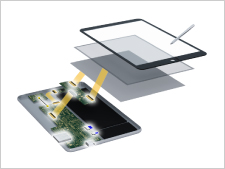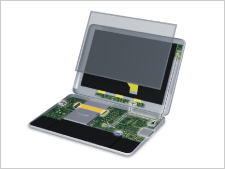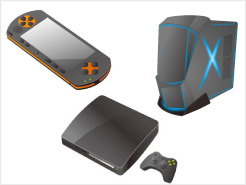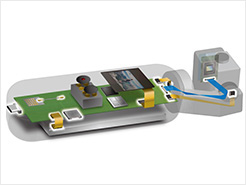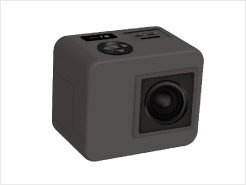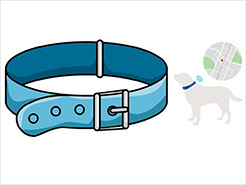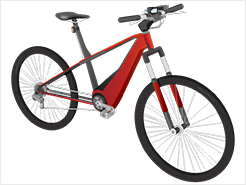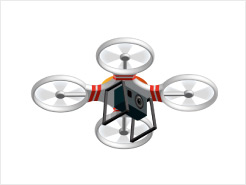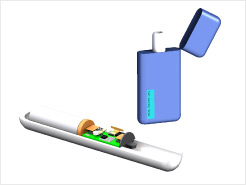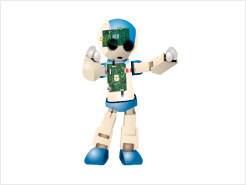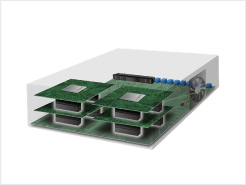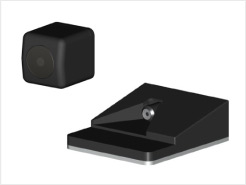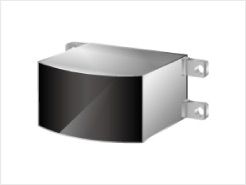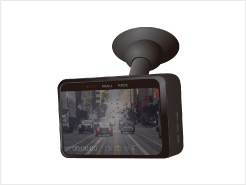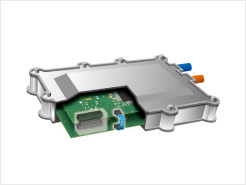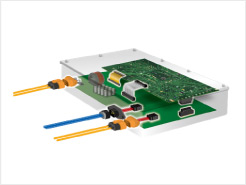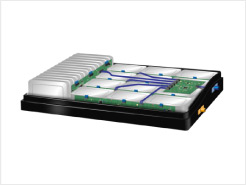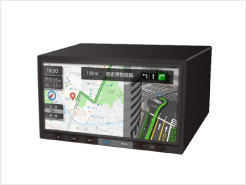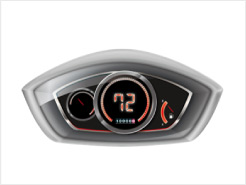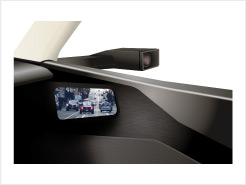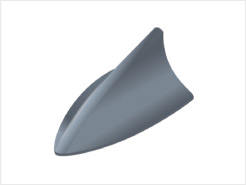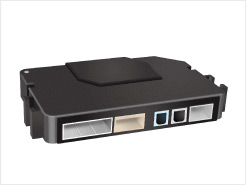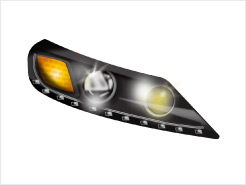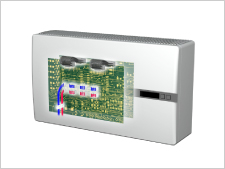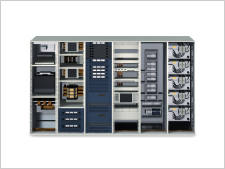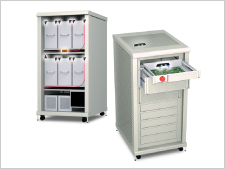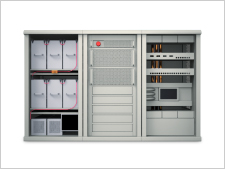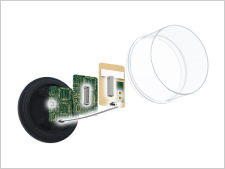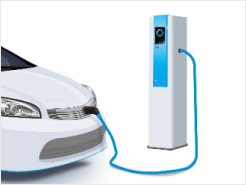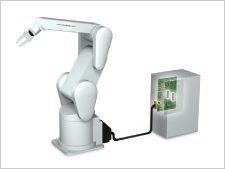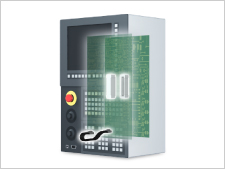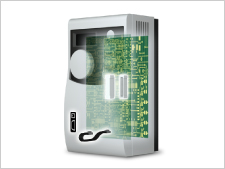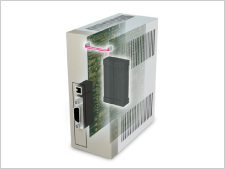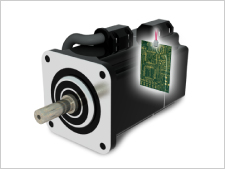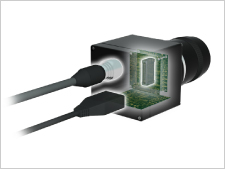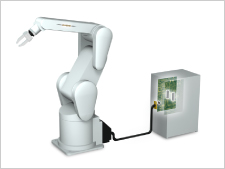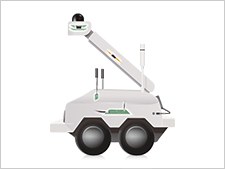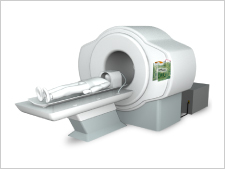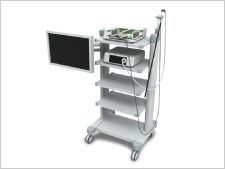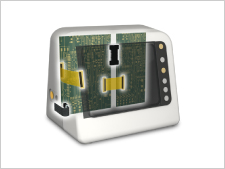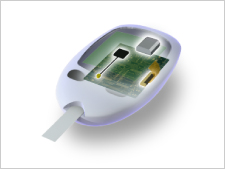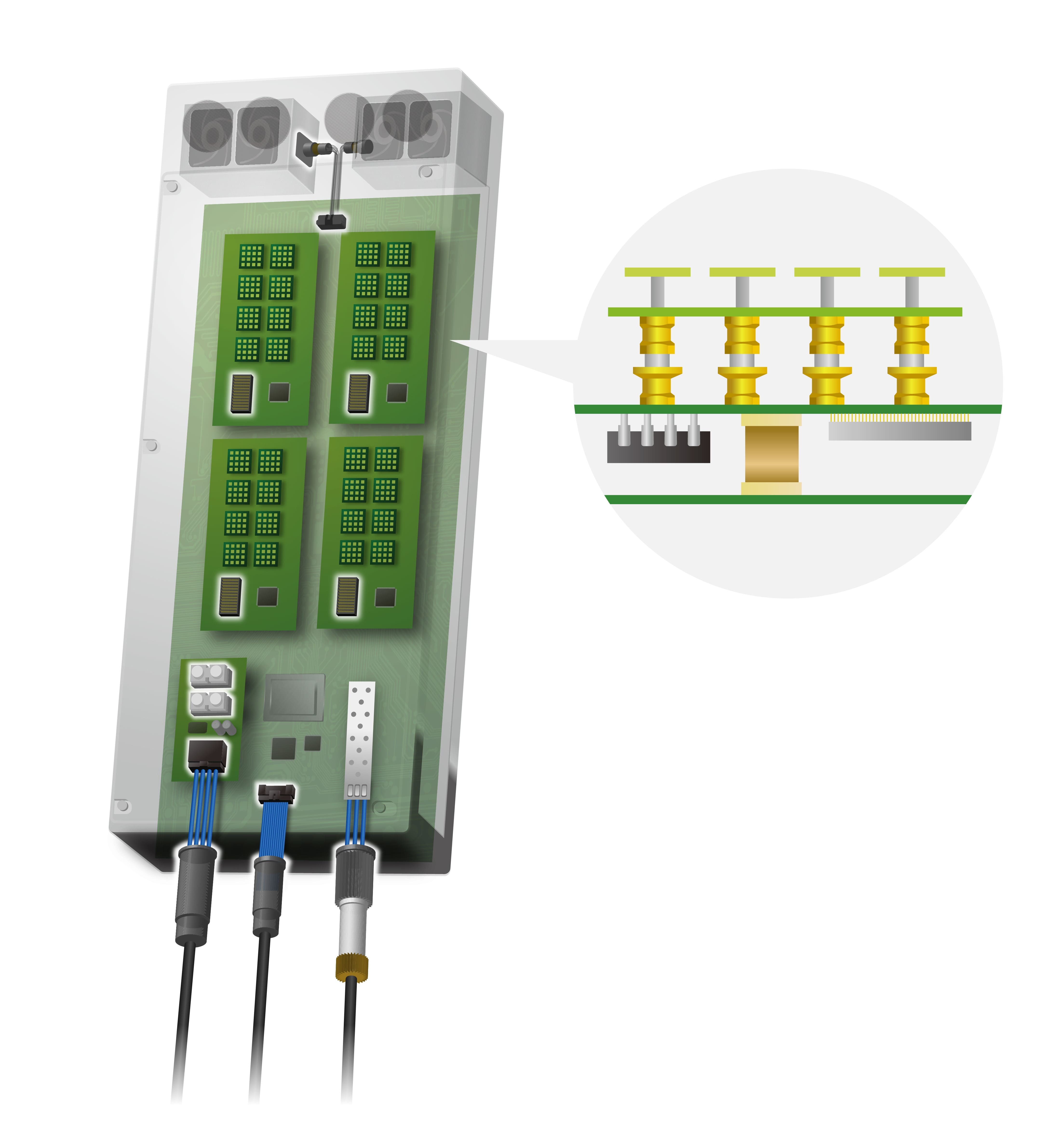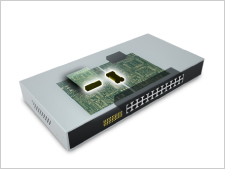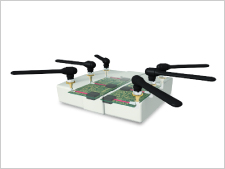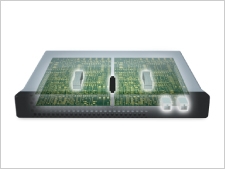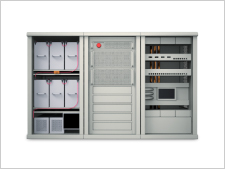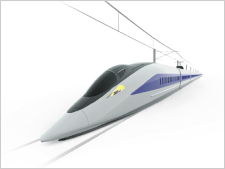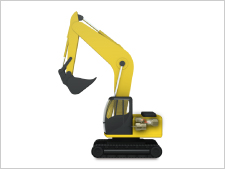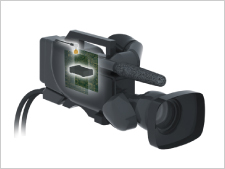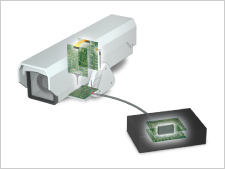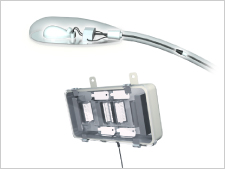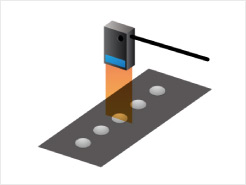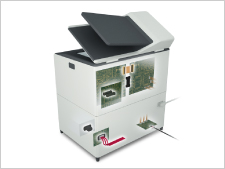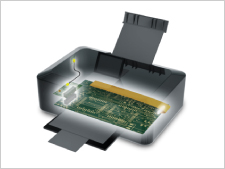
-
Category
-
I/O Connectors
 List of useful search tools
List of useful search tools
-
Standard Products
 List of useful search tools
List of useful search tools
-
Wire-to-Board
 List of useful search tools
List of useful search tools
-
Board-to-Board, Board-to-FPC
-
FPC/FFC Connectors
 List of useful search tools
List of useful search tools
-
RF/Coaxial
 List of useful search tools
List of useful search tools
-
Fiber Optic Connectors
 List of useful search tools
List of useful search tools
-
Modular Connectors / Ethernet Connectors
 List of useful search tools
List of useful search tools
-
Wire-to-Wire
 List of useful search tools
List of useful search tools
-
IC Card/IC Socket
 List of useful search tools
List of useful search tools
-
Card Edge Connectors
 List of useful search tools
List of useful search tools
-
Automotive Connectors
 List of useful search tools
List of useful search tools
-
Power Connectors
 List of useful search tools
List of useful search tools
-
High Speed Connectors
 List of useful search tools
List of useful search tools
-
Sealed connector
 List of useful search tools
List of useful search tools
-
I/O Connectors
-
Applications
- Consumer
-
Smartphone & Wearable
 Recently Reviewed Application
Recently Reviewed Application
 Recommended Applications
Recommended Applications
-
Smart Appliances
 Recently Reviewed Application
Recently Reviewed Application
 Recommended Applications
Recommended Applications
-
PC & Tablet
 Recently Reviewed Application
Recently Reviewed Application
 Recommended Applications
Recommended Applications
-
Other Consumer Equipment
 Recently Reviewed Application
Recently Reviewed Application
 Recommended Applications
Recommended Applications
- Automotive
-
Autonomous Car
 Recently Reviewed Application
Recently Reviewed Application
 Recommended Applications
Recommended Applications
-
Powertrain (For Automotive)
 Recently Reviewed Application
Recently Reviewed Application
 Recommended Applications
Recommended Applications
-
Infotainment (For Automotive)
 Recently Reviewed Application
Recently Reviewed Application
 Recommended Applications
Recommended Applications
-
Connected Cars
 Recently Reviewed Application
Recently Reviewed Application
 Recommended Applications
Recommended Applications
-
Automotive Lighting
 Recently Reviewed Application
Recently Reviewed Application
 Recommended Applications
Recommended Applications
- Industrial Machinery
-
Smart Grid
 Recently Reviewed Application
Recently Reviewed Application
 Recommended Applications
Recommended Applications
-
Industrial Automation
 Recently Reviewed Application
Recently Reviewed Application
 Recommended Applications
Recommended Applications
-
Robots
 Recently Reviewed Application
Recently Reviewed Application
 Recommended Applications
Recommended Applications
-
Medical
 Recently Reviewed Application
Recently Reviewed Application
 Recommended Applications
Recommended Applications
-
Telecommunications/Networking
 Recently Reviewed Application
Recently Reviewed Application
 Recommended Applications
Recommended Applications
-
Data Centers
 Recently Reviewed Application
Recently Reviewed Application
 Recommended Applications
Recommended Applications
-
Rail/Commercial Vehicles
 Recently Reviewed Application
Recently Reviewed Application
 Recommended Applications
Recommended Applications
-
Other Industrial Equipment
 Recently Reviewed Application
Recently Reviewed Application
 Recommended Applications
Recommended Applications
-
Office Automation
 Recently Reviewed Application
Recently Reviewed Application
 Recommended Applications
Recommended Applications


What is a connector? What role do connectors have? How do I choose the right one? What should I pay attention to when designing? Hirose Electric, with over 80 years of history as a specialized manufacturer of connectors, introduces basic knowledge on connectors over a series of Connector 101 articles.
What is the role of a connector? In the first article, we will start with why connectors were first made.
In addition, we will discuss the common requirements of connectors for various applications, which will lead to points of caution when designing.
Part 2 focuses on the topic “Key Interconnection Points for Connectors: Cable Connection”.
There are three main types of cable connection methods: solder, which has been around for a long time, crimp, in which the metal terminals are compressed and reshaped; and insulation displacement connection (IDC), in which the cable core is pushed into the slit of the terminal. Let's take a look at the differences and features of each.
In this third article titled “Key Interconnection Points for Connectors: Board Mounting”, we discuss the second of the three key connection points for the correct transmission of electricity. There are two main methods of board mounting: through hole technology and SMT soldering. Let's take a look at the differences and features of each.
The final step in the connector assembly process, connector mating, in which the connectors are fit together, is important. This article covers the key points to ensure stable and correct electricity transmission.
Connector types are classified based on the parts and materials used in the connecting portion. Each type has its own name. This section introduces shielded cable, FPC/FFC, coaxial cable, and optical fiber based on material.
[Coming Soon] (Part 6) Connector Introduction: Components, Types and Locking Methods
![[Coming Soon] (Part 6) Key Interconnection Points for Connectors: connecting parts of connection, by material [Coming Soon] (Part 6) Key Interconnection Points for Connectors: connecting parts of connection, by material](https://prd-4s-public.s3.ap-northeast-1.amazonaws.com/sys-master/public/hfd/h45/9099381800990/EN_Top_Image_2.jpg)
*Will be added at a later date. (An announcement will be sent to Hirose website account members via the e-mail newsletter.)
This section defines the words and terminology that you often see in catalogs when selecting connectors. Component types and their naming including external interface, internal mounting, and lock, are explained.
